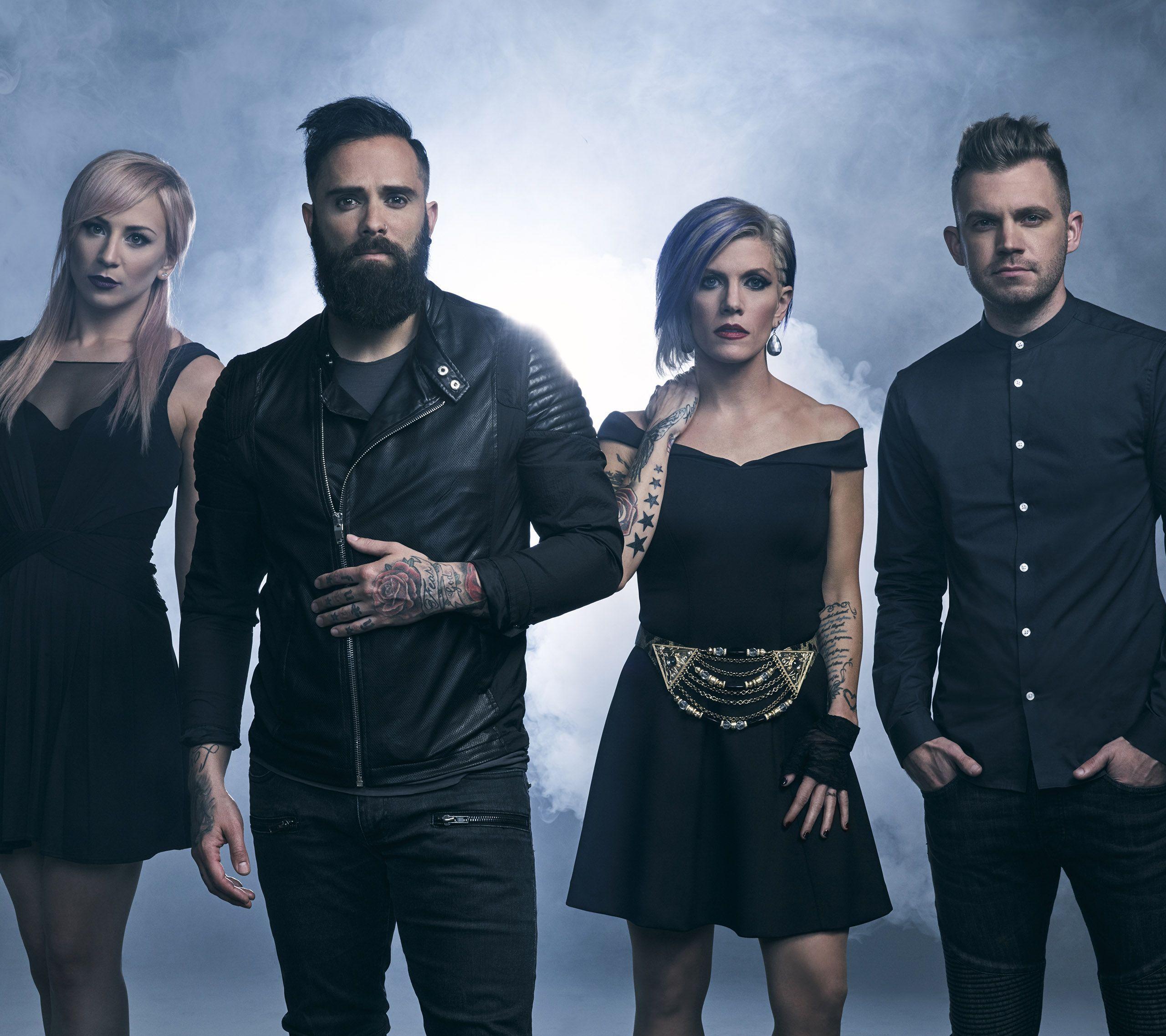The skillet photos have become a prominent way to showcase the beauty and creativity of food. In an age where visual appeal can make or break a dish, these images not only tantalize the taste buds but also capture the essence of cooking. From vibrant vegetables sizzling in a well-seasoned cast iron skillet to mouthwatering meats perfectly browned, the artistry behind skillet photography serves as an inspiration for both amateur chefs and seasoned foodies alike.
In the world of culinary arts, presentation is everything. The skillet photos offer a glimpse into the magic that happens when ingredients meet heat. They invite viewers into the kitchen, sparking a sense of nostalgia and excitement for home-cooked meals. Whether it's a family recipe passed down through generations or a contemporary twist on a classic dish, these photos tell a story that transcends mere sustenance.
For those who are passionate about food, capturing the perfect skillet shot is both an art and a science. Lighting, angles, and composition play crucial roles in creating mouthwatering images that make viewers want to reach through the screen and take a bite. With the rise of social media, the demand for stunning skillet photos has never been higher, making it essential for aspiring food photographers to hone their skills. Let's delve deeper into the world of skillet photography and explore what makes these images so captivating.
What Makes a Great Skillet Photo?
When it comes to capturing the skillet photos, several factors contribute to the overall quality and appeal of the image. Here are some key elements to consider:
- Lighting: Natural light is often the best option for food photography, as it enhances the colors and textures of the ingredients.
- Composition: The arrangement of the food in the skillet can make a significant difference. Consider using the rule of thirds to create a balanced image.
- Texture: Highlighting the textures of the food can evoke a sensory response, making the viewer feel as though they can taste the dish.
- Background: A clean and simple background can help the skillet and its contents stand out, while textured or patterned backgrounds can add interest.
How to Capture the Perfect Skillet Shot?
To achieve stunning the skillet photos, follow these practical tips:
- Choose the right skillet: A well-seasoned cast iron skillet can add character to your images.
- Experiment with angles: Try shooting from above, at eye level, or even from a slight angle to find the most appealing perspective.
- Incorporate props: Adding utensils, fresh herbs, or colorful ingredients can enhance the visual storytelling of your photo.
- Edit thoughtfully: Use photo editing tools to enhance colors and contrast but avoid over-editing to maintain authenticity.
What Types of Dishes Work Best for Skillet Photography?
Many types of dishes lend themselves well to the skillet photos. Here are a few favorites:
- Stir-fries: The vibrant colors and textures of various vegetables and proteins make for eye-catching images.
- Skillet bakes: Dishes like frittatas or cornbread can showcase beautiful golden crusts and fluffy interiors.
- One-pan meals: These dishes are visually appealing as they combine multiple ingredients, creating a feast for the eyes.
- Breakfast foods: Eggs, pancakes, and hash browns can be styled to look particularly enticing in a skillet.
Who Are the Influencers Behind Skillet Photography?
Many culinary influencers have made a name for themselves through their stunning the skillet photos. These individuals have mastered the art of food photography and have amassed significant followings on social media platforms. They inspire others to embrace cooking and share their creations with the world.
What Is the Role of Social Media in Skillet Photography?
Social media has played a transformative role in the popularity of the skillet photos. Platforms like Instagram and Pinterest are filled with beautiful food photography, allowing users to discover new recipes and cooking techniques. The visual nature of these platforms encourages engagement and sharing, leading to a vibrant community of food lovers.
How to Get Started with Skillet Photography?
If you're interested in exploring the world of skillet photography, here are some steps to help you get started:
- Invest in a good camera or use your smartphone for convenience.
- Practice your food styling skills by experimenting with different ingredients and arrangements.
- Join online communities or local groups focused on food photography for tips and feedback.
- Stay inspired by following other food photographers and engaging with their content.
What Equipment Do You Need for Skillet Photography?
Having the right equipment can enhance your ability to capture stunning the skillet photos. Here's a list of essential items:
- Camera: A DSLR or mirrorless camera will provide the best quality, but smartphones can also produce excellent results.
- Tripod: A tripod helps stabilize your camera for sharper images, especially in low-light conditions.
- Lighting equipment: Softbox lights or reflectors can help control lighting and reduce harsh shadows.
- Props: Invest in various utensils, dishes, and linens to enhance your food styling.
Who Are the Notable Chefs Known for Their Skillet Recipes?
Several renowned chefs have gained fame for their skillet recipes, often showcasing their creations through captivating the skillet photos. These culinary artists inspire both home cooks and professionals alike with their innovative dishes.
| Chef Name | Signature Dish | Social Media Handle |
|---|---|---|
| Chef John Doe | Skillet Chicken Alfredo | @chefjohndoe |
| Chef Jane Smith | Vegetable Stir-fry | @chefjanesmith |
| Chef Mark Lee | Skillet Frittata | @chefmarklee |
In conclusion, the world of the skillet photos is a delightful fusion of art and culinary passion. With the right skills, equipment, and inspiration, anyone can create stunning images that celebrate the beauty of food. So grab your skillet, get cooking, and start capturing those mouthwatering moments! Whether you're a novice or a professional, remember that every dish has a story to tell, and your camera is the perfect tool to share it with the world.



